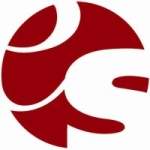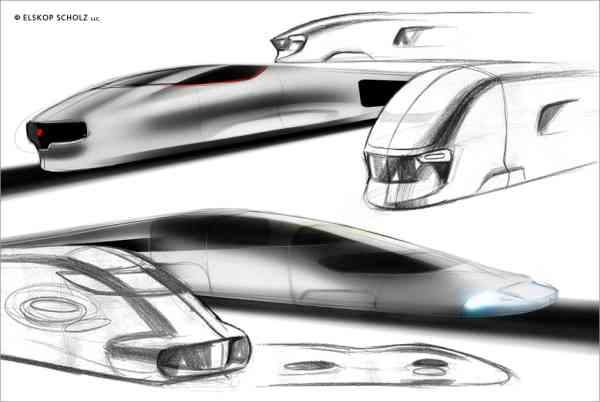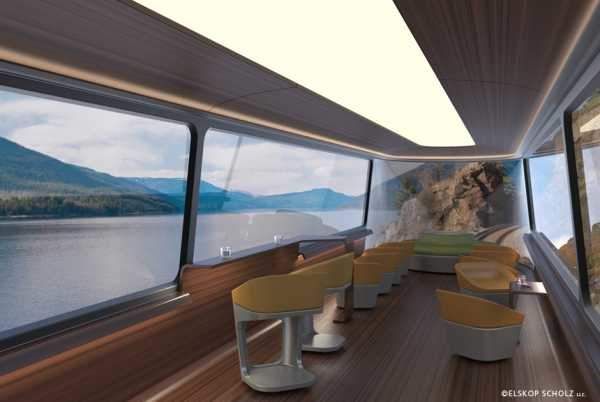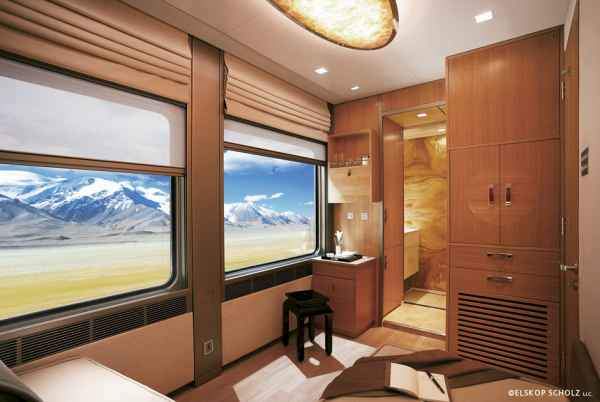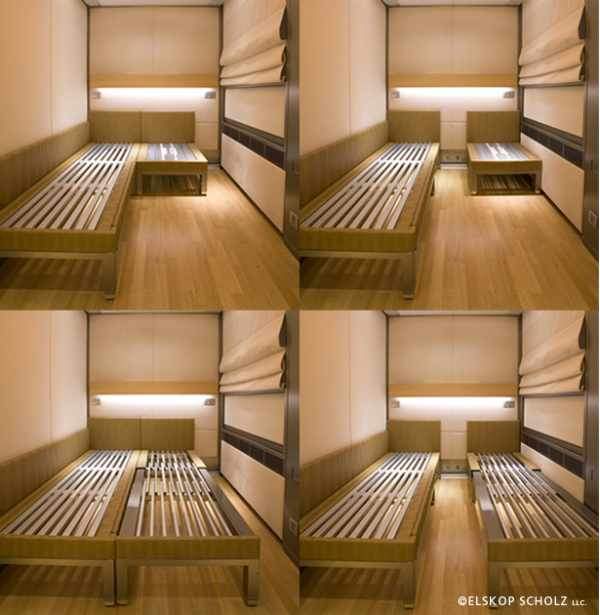ELSKOP SCHOLZ is a multidisciplinary design consultancy, located in New York City. Partners Inés Elskop and Christopher Scholz call on architecture, interior design and industrial design expertise in creating unique transportation interiors concepts.
"Design is an increasingly necessary element in creating differentiation across all consumer sectors. Product that is singular and recognizable must have high design content in a world where the currency of image reigns," say Inés Elskop and Christopher Scholz.
Designers for the transportation industry
Projects are approached from an architectural perspective, using spatial analysis, proportion and material detail to create a sense of place, a memorable user experience, and high style for commissioned transportation interiors.
Consultants and production teams for large-scale railway projects
Working with top consultants and production teams from concept through completion, ELSKOP SCHOLZ has been a design leader in diverse large-scale signature projects. A hallmark of the firm is its integrated methodology that fosters collaboration amongst project stakeholders. Using this method, the team is able to consider sourcing, production, cost, and scheduling factors: refining design decisions in the service of a more cost-effective and unified product.
Christopher Scholz and Inés Elskop believe products with high design content that are targeted and thoughtful will capture users’ attention and stand out in the marketplace, creating a competitive edge.
ELSKOP SCHOLZ has experience working in the China market, where they are well regarded for their ability to work with industry-leading manufacturers such as Bombardier and CSR Sifang.
Services for the railway industry
ELSKOP SCHOLZ’s services for the railway industry include:
- Concept Design: interior and exterior styling, livery, surfaces, finishes and furnishings
- Branding and usability consulting: passenger experience, product image and service concept
- Project planning and coordination: design team leadership, coordination with lighting and systems integration
Design principles
ELSKOP SCHOLZ’s design principles for the railway industry include:
- Emphasis on the human experience: placing the user at the forefront of design motivation creates an enhanced passenger experience and increased usability
- Program, function and flexibility: careful and exacting review of program and function drives the development of unique strategies
- Cultural and environmental sensitivity: the particular history, culture and environmental context of each project informs specific design solutions
- Style, innovation and material research: opportunities provided by the intelligent use of innovative materials result in individualized design with visual impact
- Process: collaboration with client and production team colleagues through completion combined with enriched communication, realizes a more efficient design and development process and a more integrated product
Design strategies
Design strategies for the railway industry include:
- Flexibility in design solutions that are all-important as ridership patterns change and consumers demand ever more frequent product upgrades
- Lightweight and high-technology materials that reduce weight, energy consumption and cost of operation but are still perceived as luxurious
- Eco-responsibility and sustainability that are increasingly important considerations given increased operating costs and the demands of the ridership
- Energy efficient lighting systems that meet complex design requirements while offering the benefits of long life and reduced maintenance and energy consumption characteristics
- Modernization through interior refurbishment that allows the inclusion of updated comfort and safety features as well as changing marketing requirements while utilizing the significant value present in existing rolling stock

